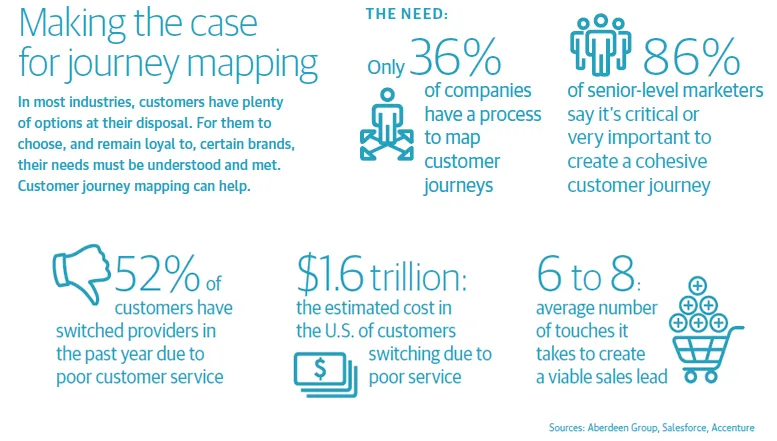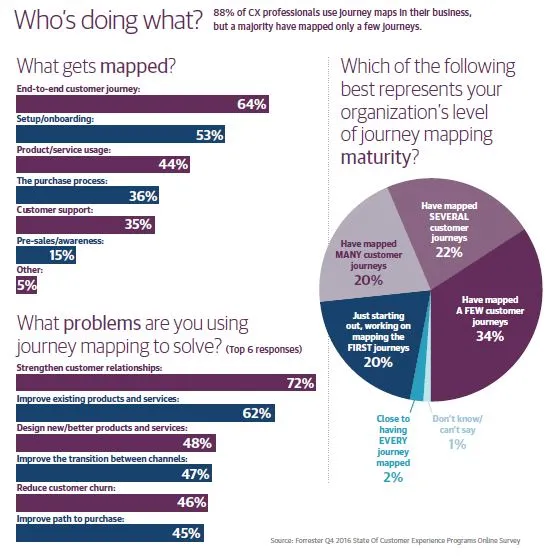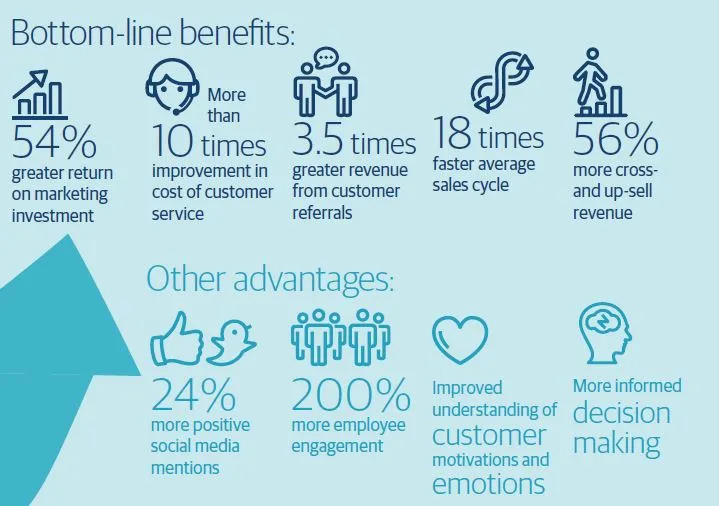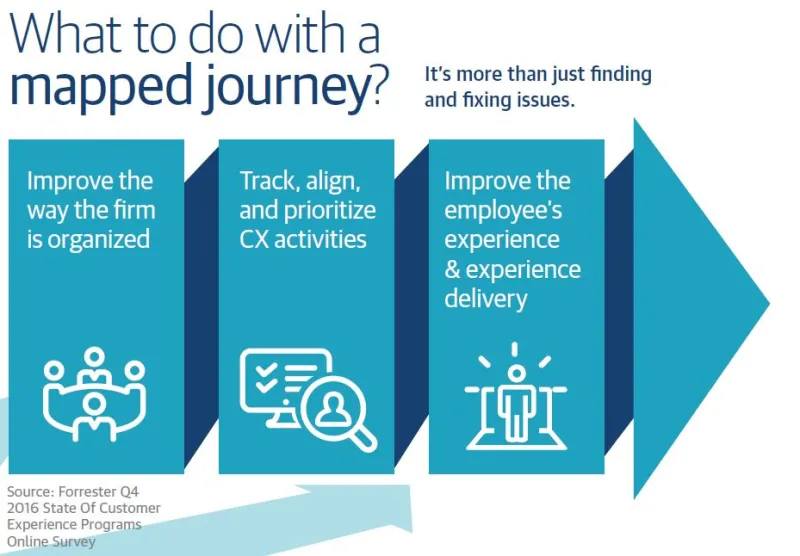In an era when brands offer so many touchpoints to consumers, it’s increasingly important to have a deep understanding of the customer journey. It can seem overwhelming to keep tabs on the many portals brands have with customers, but customer journey mapping can help. Proponents say the process can be game-changing, giving insights into customer emotions and behaviors while boosting company profits.


The ROI of journey mapping
Customers aren’t the only ones who benefit when brands embrace customer experience journey mapping . For many brands, the practice brings significant rewards.

No two journeys are alike
What to include:
- Customers’ point of view, not the business’ perspective
- Customers’ perceptions of experiences relative to their goals, needs, and expectations
- Customers’ current or future journey via multiple touchpoints, not just one
- Performance indicators
- A visualization of the customer journey that can inform decision making
Tell-tale signs of a weak customer journey map:
- It focuses on the business touchpoints with the customer, rather than tracking the actual customer journey and the points where they choose to interact with the business.
- It assumes that the customer’s experience is linear. In reality, customers tend to bounce around as they see fit.
- Maps tend to be produced by the marketing department and are almost never used to trigger strategic or tactical business-wide action.
















